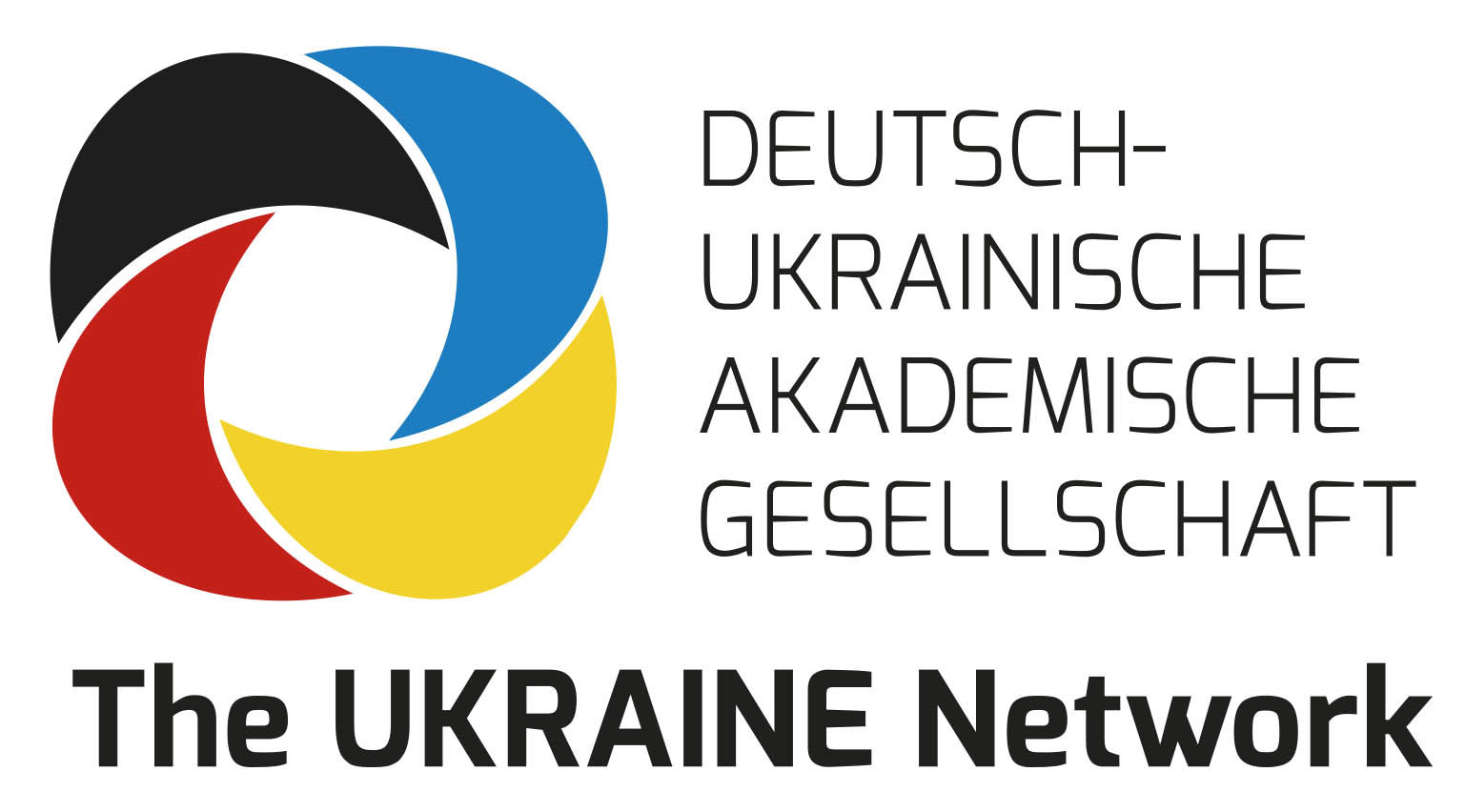Since 2007 French and Ukrainian partners cooperate in R&D and optimisation of innovative technologies for the experiments at the particle accelerators and development of accelerator techniques. The LIA IDEATE serves as a joint platform for the development and joint exploitation of the experimental platforms, development of instrumentation for accelerators and detection techniques, as well as joint development of large-scale operating and new projects. It gained maturity within the PICS project entitled “Development of the Instrumentation for accelerator experiments, beam monitoring and other applications” launched in 2014 and supported by CNRS.
A number of PhD students are jointly supervised within this fruitful partnership and already 6 workshops and symposia were organised in France and Ukraine, e.g. the 4th Franco-Ukrainian workshop “Instrumentation developments for high energy physics” took place at LAL Orsay, France in October 19-21, 2016. The LIA members also participate in the organisation of the summer and winter schools within the TESHEP training platform, organise training periods and exchange of students and professors.
In particular, it is noteworthy to mention a very special event: “Georges Charpak: 90th anniversary (Bringing Nations Together Through Science: CERN 60 Years of Science for Peace)“, which took place in Lviv on 21 July 2014 in the framework of the Trans-European School of High Energy Physics (TESHEP school). This mini-conference was organised by the French Embassy in Ukraine, European Union/ S&T Center in Ukraine (STCU), LAL/IN2P3-CNRS, IRFU/CEA Saclay, CERN, RD51 Collaboration, Ukrainian State Agency on Science, Innovation and Informatisation and Lviv Polytechnic National University. In a particularly fragile time for Ukraine, physicists from France, Ukraine, Poland and CERN came to Lviv, Ukraine in memory of Georges Charpak personality, continuing his scientific and cultural traditions. Georges Charpak was born in Dąbrowica in then Poland, now – Dubrovytsia, Rivne Region of Ukraine. He was a brilliant instrumentation physicist and a pioneer in the art and science of particle detection. He developed a host of particle detectors used throughout experimental particle physics. In 1968, he invented and developed the first Multi-Wire Proportional Chamber, for which he was awarded the Nobel Prize in Physics in 1992 (also see: CERN Courier, Nov. 2014; and CERN Courier, 30 Nov. 2010 “Georges Charpak – a true man of science”). Georges Charpak was also involved in many social, educational and humanitarian activities; in particular noteworthy is “Physique Sans Frontiers”, founded by him in 1992. He also supported the effort in setting up the “Four-Seas-Conference”, the first of which took place in Trieste in 1995 and was a real success with all the countries of the Balkan area were represented, despite the existing state of war between some of them at the time.
Scientific programme (including slides)
